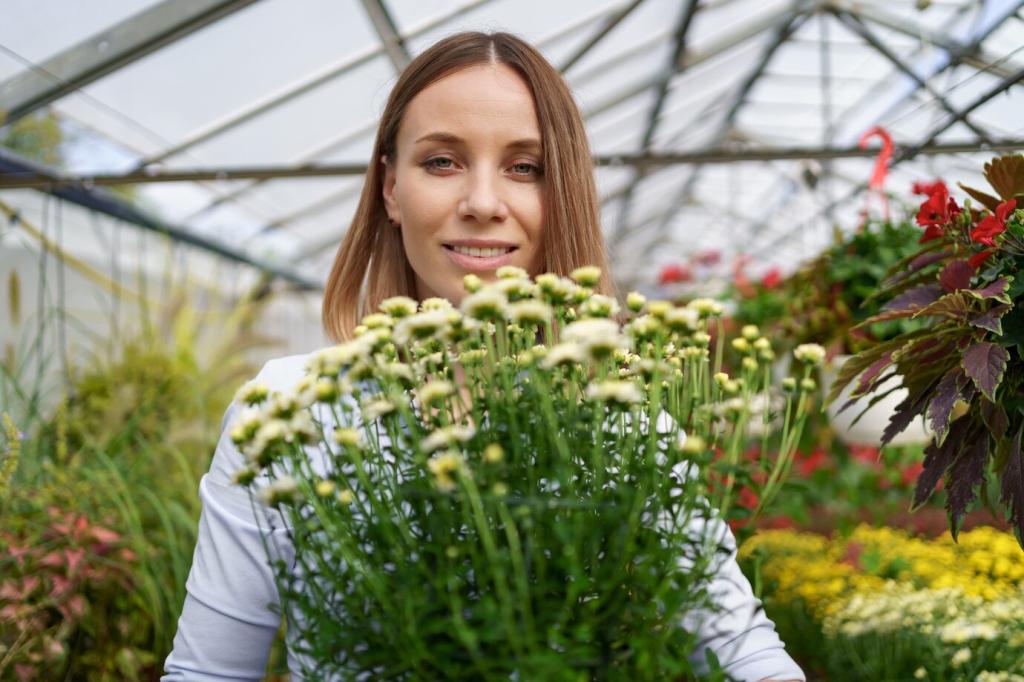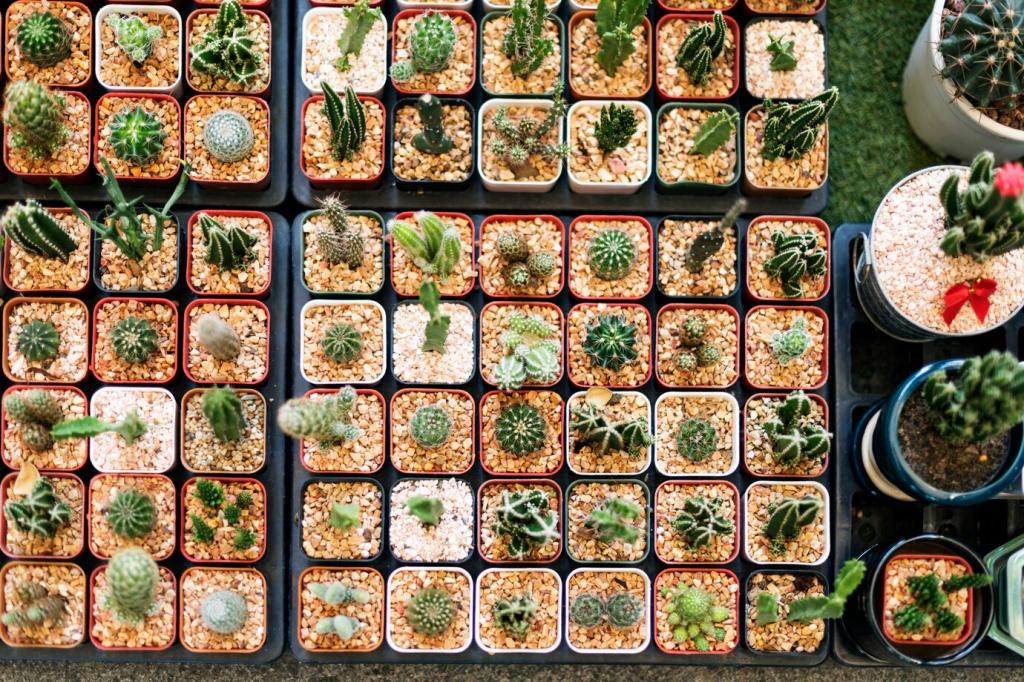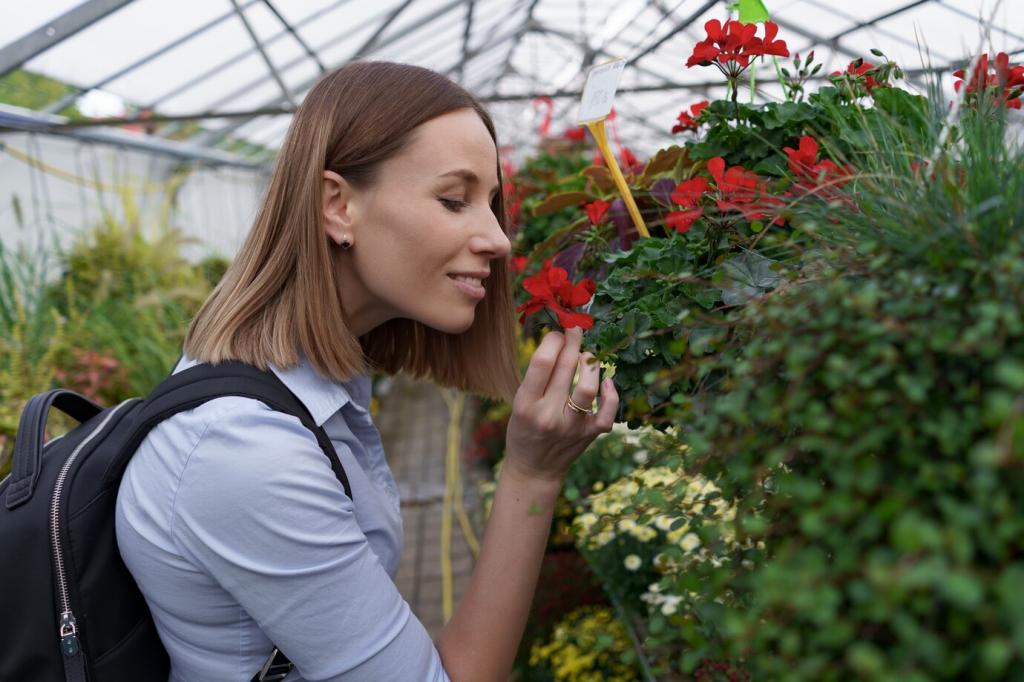
Tips for Maintaining a Blooming Garden Year-Round
Chosen theme: Tips for Maintaining a Blooming Garden Year-Round. Welcome, fellow bloom-seekers! Here you will find practical strategies, real-life stories, and seasonal wisdom to keep color unfolding across your beds from January to December. Wander through, take notes, and tell us what you want to see next—your questions and photos shape this garden.

Sketch your beds and assign roles: early, mid, late, and off-season performers. Use reliable charts, local nursery notes, and your own observations to slot plants so something always shoulders the show.

Sow annuals in waves every two to three weeks during the growing season. When early cosmos fade, new seedlings step in. This simple rhythm fills inevitable gaps and keeps borders lively without panic replanting.

Notice warm brick walls, wind corridors, and frost pockets. Tuck tender bloomers near heat-retaining stone, and place resilient stalwarts where chill lingers. Microclimate matchmaking buys extra weeks of flower power.
Soil That Never Stops Giving
Run a soil test every other year and respond precisely: adjust pH, add organic matter, or correct nutrient imbalances. Thoughtful amendments prevent feast-or-famine growth and support dependable, season-spanning blossoms.
Soil That Never Stops Giving
A two- to three-inch mulch layer stabilizes moisture, moderates temperature, and blocks weeds. Choose composted bark or leaf mold for a tidy look that quietly fuels soil life and prolongs flowering during dry spells.


The Right Plant Mix for Continuous Color
Lean on coneflower, coreopsis, salvia, daylilies, and hardy geraniums for reliable stretches of bloom. Add hellebores for winter, asters for fall, and nepeta for long summer runs that thread color through changing casts.
Care Routines That Trigger More Flowers
01
Deadhead With Intention
Remove spent blooms on repeat-flowering plants like roses, geraniums, and salvias. Cut back to a strong leaf node, not just the flower head, to redirect energy into fresh buds instead of seed production.
02
Prune by Bloom Time, Not the Calendar
Spring bloomers set buds the previous year, so prune right after flowering. Summer bloomers form buds on new wood; prune in late winter. Correct timing preserves future blossoms rather than accidentally removing them.
03
Smart Spacing and Support
Crowded plants share disease and shade out buds. Space for mature size and stake tall varieties early. Airflow and light penetration translate directly into healthier foliage and longer, cleaner bloom periods.


Water and Nutrition, Dialed In
Install drip lines with a simple timer to deliver slow, root-deep water. Add a rain gauge and finger test habits. Predictable moisture prevents stress flushes that cut bloom time and invite pests.
Water and Nutrition, Dialed In
Water less often but longer, encouraging deep roots that shrug off heatwaves. Early morning sessions reduce evaporation and leaf wetness, safeguarding petals while setting the stage for daytime pollinator visits.
Plant a Pollinator Buffet
Choose diverse shapes and seasons: tubular salvias, composite coneflowers, flat-topped yarrow. Aim for overlapping bloom windows so bees, butterflies, and hummingbirds never find an empty table in your yard.
Skip the Harsh Sprays
Avoid broad-spectrum pesticides that silence your garden’s helpers. Spot-treat only when necessary, in evening hours, and explore biological controls. A healthy predator-prey balance curbs pests while preserving nectar traffic.
Winter Habitat Matters
Leave some hollow stems and seedheads until spring. Goldfinches, native bees, and lady beetles rely on these shelters. The sculptural silhouettes also add off-season beauty when petals are scarce.
Winter Spark and Off-Season Beauty
Weave in boxwood, holly, and dwarf conifers for bones; add dogwood with red stems and paperbark maple for drama. These elements frame the stage so early bulbs and hellebores feel instantly abundant.
Winter Spark and Off-Season Beauty
Plant pansies, violas, ornamental kale, and heathers in weatherproof pots. Tuck in twigs and moss for texture. Rotate near doorways so every winter errand includes a little burst of living color.


